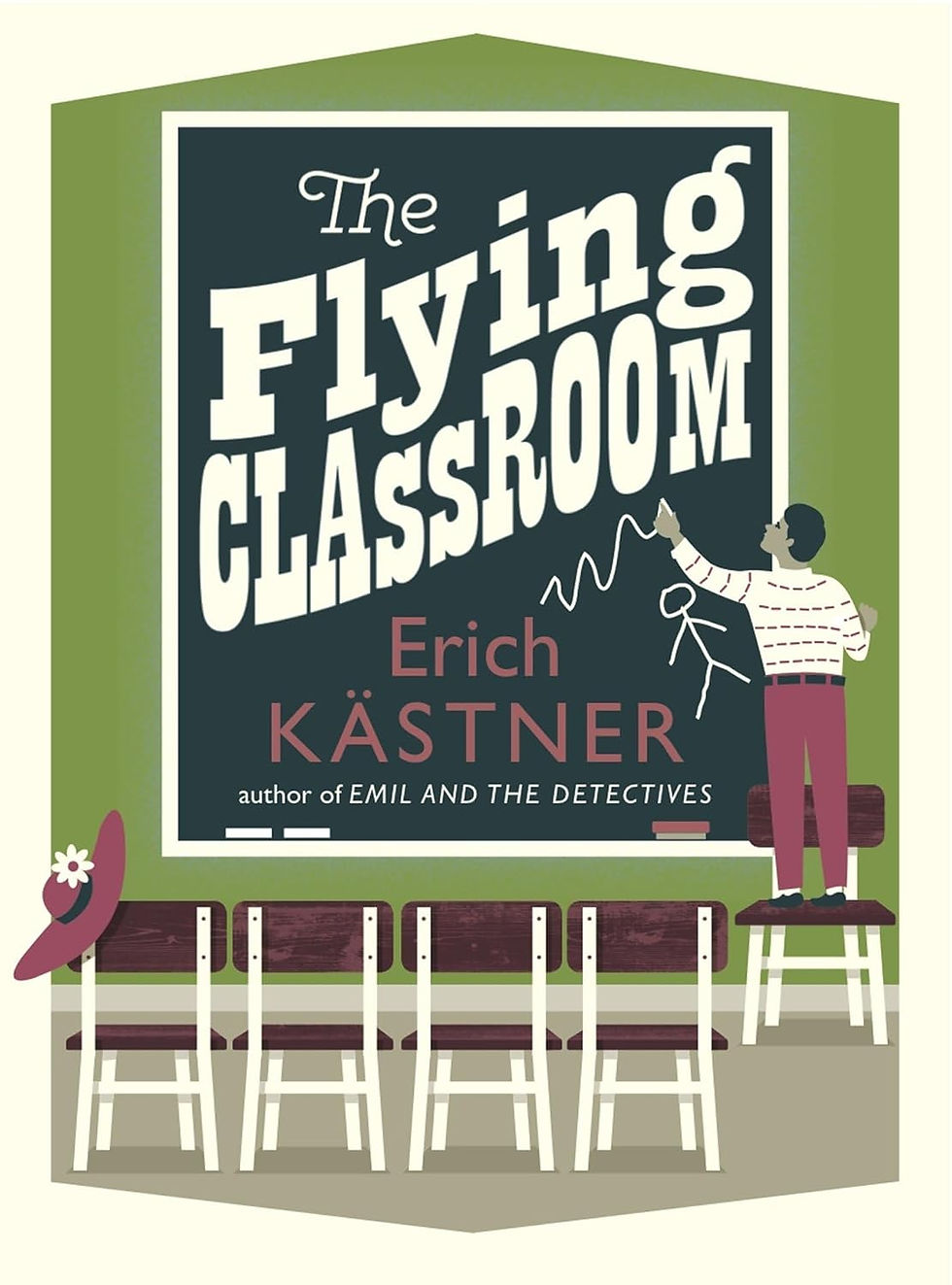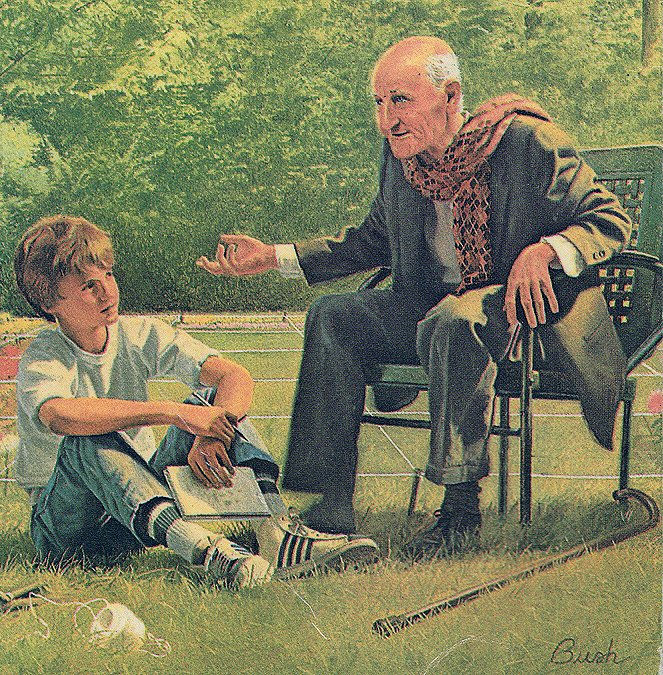lessons beyond textbooks
- TBMM

- Apr 28
- 3 min read
Updated: May 5

Synopsis:
This book follows the adventures of five boys, aged twelve to thirteen, who are friends and classmates at a German boarding school in the 1930s. Christmas is just round the corner, and they’re gearing up to perform a cracking play called The Flying Classroom, written by one of them, in front of their teachers and the rest of the school. But rehearsals are disrupted when a proper “war” kicks off between their class and boys from a rival school.
Meet the main characters:
Martin Thaler: Brainy Martin, seen as a leader by his classmates because of his sense of justice, comes from a poor family and feels the weight of his parents’ sacrifices to send him to the boarding school.
Jonathan (Johnny) Trotz: Johnny is a sensitive boy who was abandoned by his parents, which makes him reflective and sometimes melancholic. He likes writing, and is the author of the play The Flying Classroom he and his friends will stage for Christmas at the school.
Uli von Simmern: Uli is small, timid, and constantly anxious about overcoming his lack of self-confidence and courage and his fear of failure.
Matthias (Matz) Selbmann: Matz is physically strong and tough, but he's not very smart. His practical attitude hides a deep loyalty to his friends, which surfaces in key moments of conflict.
Sebastian Frank: Sebastian is witty and highly intelligent, but he struggles with a tendency to distance himself emotionally through sarcasm. His challenge is to connect genuinely with others.

The Flying Classroom entertains, tugs at the heartstrings, and gets you thinking. There are so many things about it that I love! The prologue, for instance, sets the tone for the whole book —friendly, with the author chucking in cheeky comments, while also diving into reflections that are surprisingly deep and spot-on, despite the simple words.
The book’s strength lies in the themes it tackles, and how it moves you without preaching: friendship, courage, family, justice balanced with compassion, the guilt of standing by when you should step in, and the lesson that violence is never the answer. The characters are great too, and you connect with them straight away. Kästner paints them vividly with just a few strokes, mostly through how they react to the story’s events.
I’m also a big fan of the clever chapter introductions —brief summaries that, like a menu at a café, whet your appetite for what lies ahead.
For me, The Flying Classroom is a book that holds a special place in my heart —it’s my absolute favourite. The copy I’ve got is battered, grubby, and falling apart because I’ve read it so many times I could recite bits by heart, but I’d never part with it.
It’s been with me for many years, since one Christmas at my grandparents’ house. My parents and aunts and uncles had gone out for a stroll and came back laden with children’s and young adult books they’d bought on my dad’s whim, which they divvied up among me and my cousins. I was twelve at the time, and since I was one of the younger ones, they handed me a skinny kids’ book with big print. I swapped it with my older sister in about ten minutes flat—luckily, she didn’t mind— and that’s how I got my hands on The Flying Classroom. Being a Christmas story, it couldn’t have arrived at a better time.
I was deeply moved by Johnny’s loneliness and his reflections, Uli’s bravery and patience, Matz’s clumsy affection for him, Martin’s gutsy resolve (he doesn’t back down, even to the older pupils), the wisdom and kindness of the Non-Smoker and the fairness of Dr. Bökh. Sebastian intrigued me the most, though —maybe because Kästner doesn’t tell us much about him, but there’s this complexity in his sharp tongue, his slightly aloof vibe, and how he reacts to a certain key incident in the plot. I wish the author had dug into him a bit more.
The book’s full of little details too —some heartwarming, some poignant, and others so vivid they stick in your mind’s eye, as if you had lived them yourself. You can buy this book on Amazon.


Comments